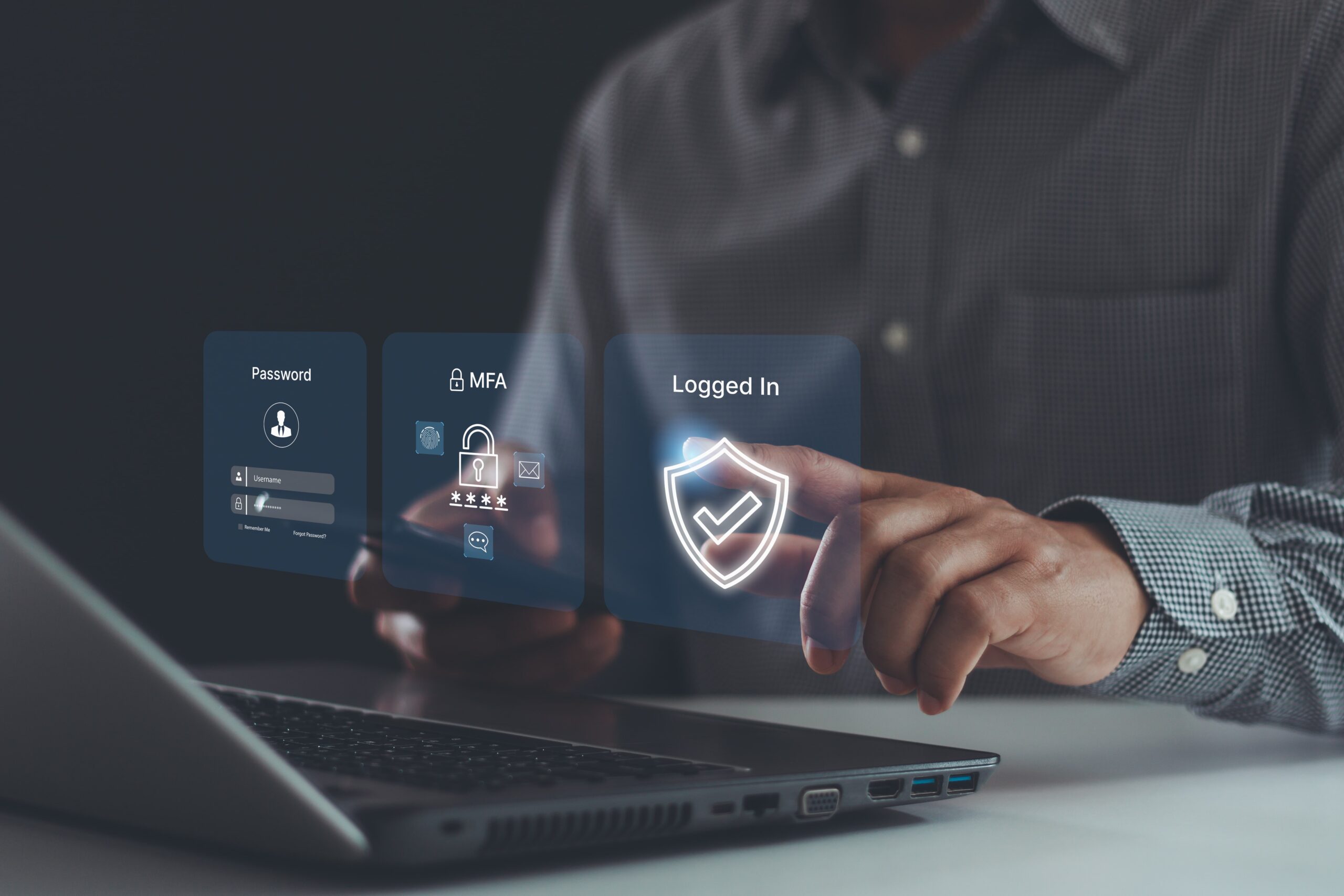With multifactor authentication (MFA) emerging as a strong defense against cyberattacks, threat actors have had to devise new solutions to circumvent this defense. MFA tools require users to verify their identity through multiple methods, adding an additional level of security to vulnerable organizations. While this approach significantly bolsters defenses, it is not without its vulnerabilities.
One emerging threat is MFA fatigue attacks, a form of social engineering that exploits users’ behavior to bypass security protocols. Read on to learn how these scams work, what organizations can do to protect themselves further, and the role of insurance in safeguarding businesses.
What are MFA fatigue attacks?
MFA fatigue attacks, also known as MFA push spam or abuse, occur when attackers flood a target with repeated MFA push notifications. These prompts, typically sent via email, phone, or authenticator apps, request approval for login attempts. The goal is simple: Overwhelm the user to the point of approving one of the notifications, either out of frustration or by mistake. By doing so, the user inadvertently grants the attacker access.
Also read: Cybersecurity Awareness Month: How to Conduct a Cybersecurity Assessment
How do MFA fatigue attacks work?
Like many effective scams, MFA fatigue attacks rely on psychological manipulation rather than technical exploitation. They are effective in several ways:
- Initial access: The attacker acquires the target’s primary login credentials, often through phishing or purchasing stolen data.
- Notification bombardment: The attacker initiates a series of MFA requests, sending them continuously to the user’s device.
- User frustration: Faced with the relentless stream of notifications, the user may become annoyed or confused.
- Approval mistake: Out of exasperation or error, the user eventually approves one of the requests, granting the attacker complete account access.
The impact on businesses
The consequences of MFA fatigue attacks can be severe for organizations. For Google’s cybersecurity subsidiary Mandiant, it resulted in the theft of hundreds of thousands of cryptocurrency assets. Once attackers gain entry, they may alter systems, deploy malware, or cause operational disruptions that hinder business processes and productivity. These disruptions can be time-consuming and costly to resolve.
Organizations may face legal fees, regulatory penalties, and damage to their reputation following a successful breach. The aftermath of these incidents often makes companies attractive targets for future attacks, as cybercriminals view them as vulnerable.
Also read: The 2025 Outlook for Cybersecurity Trends
How businesses can protect themselves
Preventing MFA fatigue attacks requires businesses to understand their cause and commit to implementing additional protections on top of MFA. The quickest way for organizations to protect themselves? Educate employees about the existence of this threat and the importance of only approving legitimate requests.
From there, businesses should:
- Monitor account activity: Implement systems that detect and respond to unusual login behavior or multiple MFA requests.
- Strengthen MFA policies:
- Use time-based authentication codes rather than push notifications.
- Limit the number of MFA prompts within a specific timeframe.
- Require users to report suspicious MFA requests.
- Leverage zero-trust principles: Assume every request is a potential threat and verify all access attempts.
Another layer of security
Even with strong cybersecurity protocols, no system is impervious to attack. Comprehensive insurance coverage is vital in safeguarding businesses from the financial and legal fallout of data breaches.
As MFA fatigue attacks and other cyber threats evolve, Information Security & Data Privacy Liability Insurance has become essential for protecting companies from potential liabilities.
Also read: Compliance and Cyber Risks in Accounting Firms: The Written Information Security Plan (WISP)
Why organizations need Information Security & Data Privacy Liability Insurance
Companies handling sensitive customer information are prime targets for cybercriminals. Personal data, such as social security numbers and bank account details, can be exploited for financial gain. Without the right coverage, businesses may face significant legal and financial repercussions.
McGowanPRO’s Information Security & Privacy Liability Insurance offers industry-leading coverage, including:
- Legal liability: Protection against the theft, loss, or unauthorized disclosure of sensitive data.
- Privacy notification costs: Coverage for notifying affected individuals and hiring experts to determine the extent of a breach.
- Regulatory defense: Defense against regulatory proceedings stemming from privacy violations.
- Website content media liability: Protection for electronic content displayed on company websites.
As threats continue to grow, having robust insurance coverage is imperative. Companies can rely on McGowanPRO’s expertise to navigate the complexities of data privacy and cybersecurity risks. To learn more about how McGowanPRO can protect your business, connect with us today.

